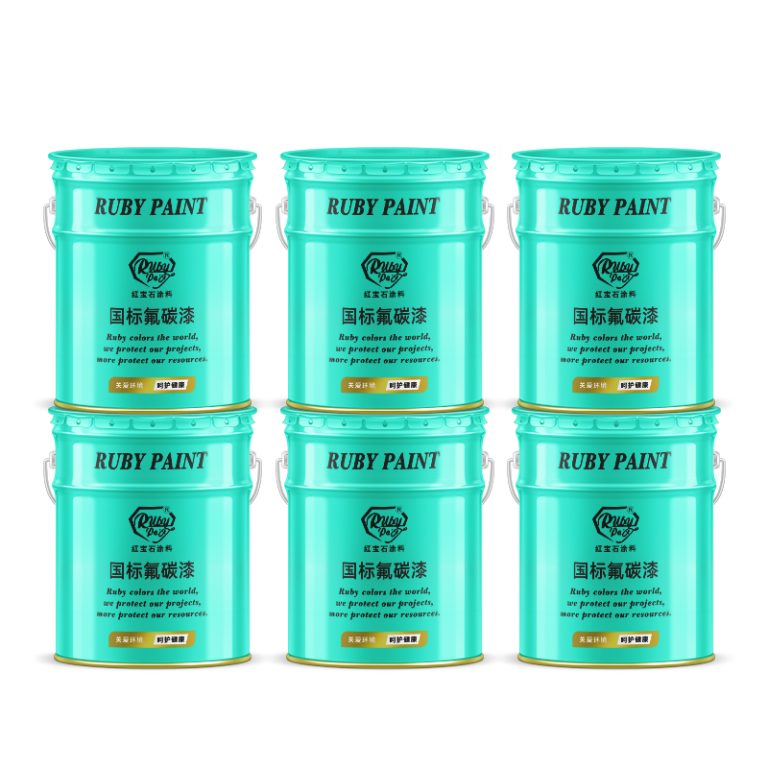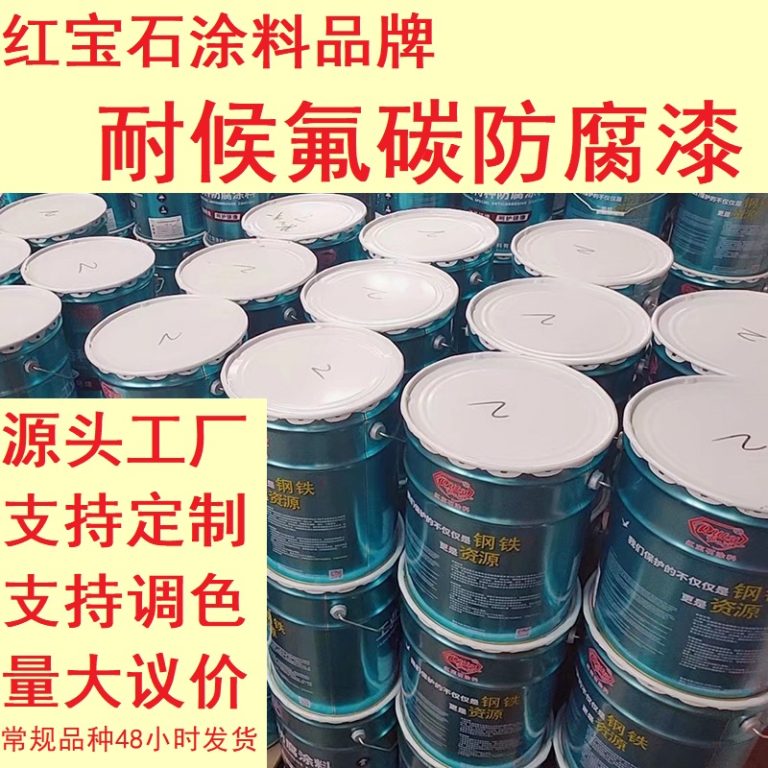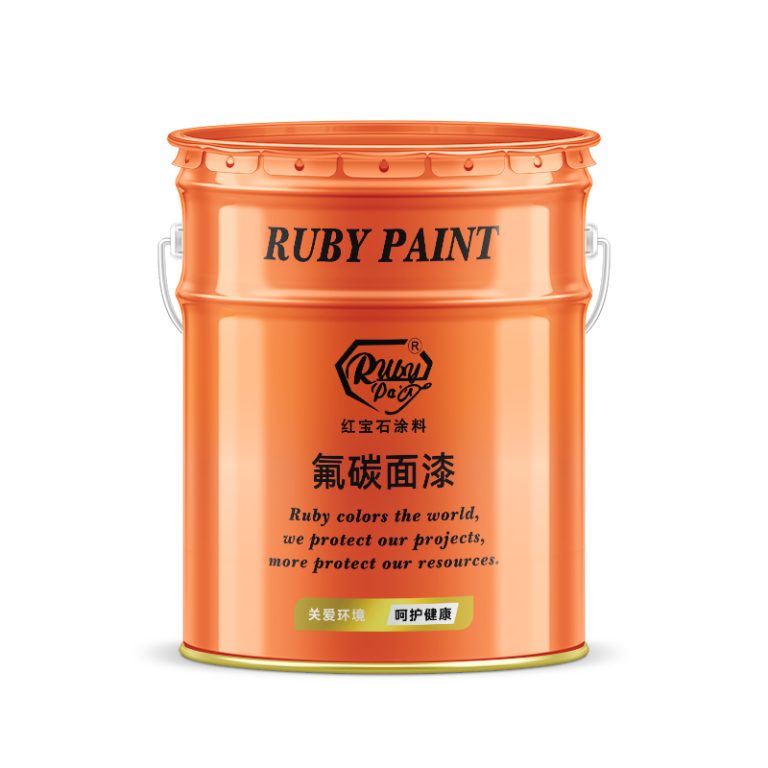Table of Contents
Application Techniques for Zinc Rich Epoxy Primer by Sherwin Williams
Zinc rich epoxy primer by Sherwin Williams is a specialized coating designed to provide robust protection against corrosion for steel structures. This type of primer is particularly effective in harsh environments where steel is susceptible to rust and degradation. The application of zinc rich epoxy primer is a critical process that requires careful attention to detail to ensure the longevity and durability of the protective coating.
To begin with, surface preparation is paramount when applying zinc rich epoxy primer. The steel surface must be clean, dry, and free from any contaminants such as oil, grease, or existing rust. This can be achieved through methods such as abrasive blasting, which not only cleans the surface but also provides a suitable profile for the primer to adhere to. It is essential to achieve a near-white metal finish, as specified by the Society for Protective Coatings (SSPC) standards, to ensure the best possible adhesion and performance of the primer.
Once the surface is prepared, the primer must be properly mixed according to the manufacturer’s instructions. Sherwin Williams’ zinc rich epoxy primer typically comes in two components that need to be combined to activate the epoxy resin. The mixing process should be thorough, ensuring a uniform consistency without any streaks or lumps, which could affect the performance of the coating.
The application of the primer can be done using various techniques, including brush, roller, or spray equipment. Spraying is often the preferred method for large-scale industrial applications due to its efficiency and ability to provide a uniform coat. When using spray equipment, it is crucial to select the appropriate tip size and adjust the pressure settings to achieve the correct film thickness. The primer should be applied in a smooth, continuous motion to avoid runs or sags, which could compromise the integrity of the coating.
| No. | Products |
| 1 | Fluoracarbon finish paint |
The thickness of the primer is another critical factor to consider. Sherwin Williams specifies the recommended dry film thickness for their zinc rich epoxy primer, which must be adhered to for optimal performance. Applying too thin a coat may not provide sufficient protection, while too thick a coat could lead to cracking or delamination. A wet film thickness gauge can be used during application to ensure that the correct amount of primer is being applied.
| Nr. | Name |
| 1 | Fluoracarbon middle paint |
After application, the primer requires a specific curing time before a topcoat can be applied. This curing period allows the epoxy resin to harden and bond to the steel surface, forming a durable barrier against corrosion. The curing time can vary depending on environmental conditions such as temperature and humidity, so it is important to refer to the product data sheet for guidance.
In addition to the technical aspects of application, safety considerations must also be taken into account. Applicators should wear appropriate personal protective equipment, including gloves, safety glasses, and respirators, to protect against exposure to the chemicals in the primer.
In conclusion, the successful application of zinc rich epoxy primer by Sherwin Williams hinges on meticulous surface preparation, precise mixing, careful application techniques, and adherence to recommended film thickness and curing times. By following these guidelines, applicators can ensure that steel structures receive the highest level of protection against corrosion, thereby extending their service life and maintaining their structural integrity.
Comparing Sherwin Williams Zinc Rich Epoxy Primers: Features and Use Cases
Zinc-rich epoxy primers are a specialized category of protective coatings designed to provide superior corrosion resistance to metal substrates. Among the leading manufacturers of these primers, Sherwin Williams stands out for its commitment to quality and performance. In comparing the various zinc-rich epoxy primers offered by Sherwin Williams, it is essential to consider their distinct features and the specific use cases they are best suited for.
Sherwin Williams has developed a range of zinc-rich epoxy primers, each formulated to meet the rigorous demands of different industrial environments. These primers are typically characterized by their high zinc content, which is the key ingredient responsible for their protective properties. When applied to steel, the zinc acts sacrificially, corroding in place of the steel and thereby extending the life of the substrate.
One of the primary features to consider when comparing these primers is the percentage of zinc in the dry film. Higher zinc content generally translates to better galvanic protection, which is crucial in highly corrosive environments such as marine or industrial settings. Some of Sherwin Williams’ primers boast zinc levels that meet or exceed the requirements set by SSPC Paint 20, which is a benchmark for high-performance zinc-rich coatings.
Another important aspect is the binder system used in the primer. Epoxy binders are known for their excellent adhesion and durability, making them an ideal choice for surfaces that will be subjected to harsh conditions. Sherwin Williams’ zinc-rich epoxy primers utilize robust epoxy resins that not only contribute to the overall strength of the coating but also ensure compatibility with a wide range of topcoats. This versatility is crucial for projects that require specific aesthetic or additional functional properties from the finishing layers.

The application method is also a key factor to consider. Some of Sherwin Williams’ primers are designed for spray application, which allows for quick and uniform coverage over large areas. Others may be more suitable for brush or roller application, offering more control for smaller or more intricate projects. The choice of application method will depend on the specific requirements of the project, including the size of the area to be coated and the level of precision needed.
In terms of use cases, Sherwin Williams’ zinc-rich epoxy primers are widely used in industries such as marine, offshore, petrochemical, and infrastructure. For example, in marine environments where saltwater exposure is a concern, a high-performance zinc-rich primer can provide the necessary protection to prevent rapid deterioration of ship hulls and offshore structures. Similarly, in the petrochemical industry, where steel structures are exposed to a variety of chemicals and extreme temperatures, these primers can serve as an initial line of defense, prolonging the service life of the equipment.
Furthermore, infrastructure projects like bridges and highways also benefit from the application of zinc-rich epoxy primers. These structures are constantly exposed to the elements and often subject to de-icing salts and other corrosive agents. A robust primer can significantly reduce maintenance costs and increase the longevity of such public investments.
In conclusion, Sherwin Williams offers a comprehensive range of zinc-rich epoxy primers, each with its unique set of features tailored to different protective coating needs. When comparing these products, it is essential to consider factors such as zinc content, binder system, application method, and the specific environmental challenges of the project at hand. By carefully selecting the appropriate primer, one can ensure optimal corrosion protection and extend the life of metal substrates in even the most demanding conditions.






